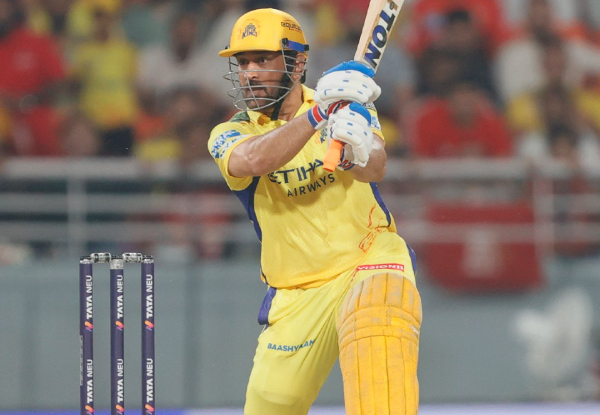The new UEFA Nations League to bring revolution in European FIFA friendlies
[caption id="attachment_35321" align="aligncenter" width="580"] The UEFA Nations League has been created to provide more competitive and meaningful international matches for countries. Image Source: Facebook[/caption]
Internet Desk: There will be no meaningless FIFA friendlies anymore from the autumn of 2018 with a new competition to run in alignment with usual qualification as the UEFA Nations League is a new structure of international football fixtures to be implemented in the year 2018.
This new format can be complicated in the initial stage as it warrants breaking down the rules and structure in place for 2018.
The UEFA Nations League has been created to provide more competitive and meaningful international matches for countries.
With no new international breaks being added to domestic calendars, it is being introduced at the expense of friendlies.
It will first be played in autumn 2018 with two match days (double-headers) in each of September, October and November.
The qualifying programme for Euro 2020 will then be played throughout 2019.
The Nations League will see UEFA's 55 countries split into four leagues depending on their ranking, with each of those leagues in turn divided into four groups.
At the top end, in Leagues A and B, groups will consist of three teams who will play each other home and away.
League C will feature one group of three teams and three groups of four teams. League D will consist of four groups of four teams.
The winners of each of the groups in League A will advance to a final-four competition in summer 2019.
The winners of the groups in Leagues B, C and D will be promoted to the leagues above and the teams finishing bottom in A, B and C will be relegated.
The next event will take place in autumn 2020.
A more complicated issue is how the Nations League will feed into European Championship qualifying.
The Euro 2020 qualifiers will take place in a familiar group format in 2019, with the two top sides in 10 groups advancing to the championship.
The remaining four places will then be allocated to the winners from a play-off competition based on Nations League finishes.
Teams will now be able to qualify for European tournament via the Nations League too.
A 16-team play-off competition will take place in March 2020. Each of the 16 group winners from the Nations League will be eligible for a spot.
If a team has already qualified through the regular programme, the place will go to the next side in the group.
The 16 play-off sides will be split into groups of four based on their Nations League ranking. They will then play-off in a knockout format with semi-finals and a final. The four final winners will advance to the tournament.
The UEFA Nations League has been created to provide more competitive and meaningful international matches for countries. Image Source: Facebook[/caption]
Internet Desk: There will be no meaningless FIFA friendlies anymore from the autumn of 2018 with a new competition to run in alignment with usual qualification as the UEFA Nations League is a new structure of international football fixtures to be implemented in the year 2018.
This new format can be complicated in the initial stage as it warrants breaking down the rules and structure in place for 2018.
The UEFA Nations League has been created to provide more competitive and meaningful international matches for countries.
With no new international breaks being added to domestic calendars, it is being introduced at the expense of friendlies.
It will first be played in autumn 2018 with two match days (double-headers) in each of September, October and November.
The qualifying programme for Euro 2020 will then be played throughout 2019.
The Nations League will see UEFA's 55 countries split into four leagues depending on their ranking, with each of those leagues in turn divided into four groups.
At the top end, in Leagues A and B, groups will consist of three teams who will play each other home and away.
League C will feature one group of three teams and three groups of four teams. League D will consist of four groups of four teams.
The winners of each of the groups in League A will advance to a final-four competition in summer 2019.
The winners of the groups in Leagues B, C and D will be promoted to the leagues above and the teams finishing bottom in A, B and C will be relegated.
The next event will take place in autumn 2020.
A more complicated issue is how the Nations League will feed into European Championship qualifying.
The Euro 2020 qualifiers will take place in a familiar group format in 2019, with the two top sides in 10 groups advancing to the championship.
The remaining four places will then be allocated to the winners from a play-off competition based on Nations League finishes.
Teams will now be able to qualify for European tournament via the Nations League too.
A 16-team play-off competition will take place in March 2020. Each of the 16 group winners from the Nations League will be eligible for a spot.
If a team has already qualified through the regular programme, the place will go to the next side in the group.
The 16 play-off sides will be split into groups of four based on their Nations League ranking. They will then play-off in a knockout format with semi-finals and a final. The four final winners will advance to the tournament.



23.jpg)
22.jpg)
